 |
|
| Manufacturer | Honda |
|---|---|
| Also called | Africa Twin |
| Production | 1989–2003 |
| Predecessor | Honda XRV650 |
| Successor | Honda CRF1000 |
| Class | Dual-sport |
| Engine | 742 cc (45.3 cu in) 52° V-twin. SOHC, 3 Valve per cylinder |
| Bore / stroke | 81.0 mm × 72.0 mm (3.19 in × 2.83 in) |
| Compression ratio | 9.0:1 |
| Power | 45.3 kW (60.7 hp)@ 7,500 rpm |
| Torque | 62.7 N⋅m (46.2 lbf⋅ft)@ 6,000 rpm |
| Ignition type | CDI with electronic advance |
| Transmission | 5-speed manual, chain final drive |
| Frame type | Single downtube with double-loop cradle, rectangular section, steel |
| Suspension | Front: 43 mm air-assisted telescopic fork, 220mm wheel travel Rear: Pro-Link 214mm wheel travel with preload and compression damping adjustment |
| Brakes | Front: two 276 mm discs 2 piston calipers Rear: Single 256 mm disc 1 piston caliper |
| Tires | Front: 90/90 D21 Rear: 140/80 R17 |
| Dimensions | L: 2,315 mm (91.1 in) to 2,380 mm (94 in) W: 905 mm (35.6 in) H: 1,243 mm (48.9 in) |
| Seat height | 860 mm (34 in) |
| Fuel capacity | 23 L (5.1 imp gal; 6.1 US gal) |
The XRV750 Africa Twin was a 742 cc (45.3 cu in) dual-sport first launched in December 1989. and based on the Honda NXR-750, which won the Paris-Dakar rally four times in the late 1980s (from 1986 to 1989).
Description and technical

It was preceded by Honda XRV650 Africa Twin, which was a lighter, higher specification version made in 1988 and 1989 by Honda Racing Corporation with a 650 cc engine producing 50 hp (37 kW). The much earlier Honda XLV750R was a shaft driven motorcycle.
Built in homage to the giant desert racers of the Paris-Dakar Rally, the Africa Twin is a large, dual sport bike, powered by a softly tuned V-twin engine. It has twin headlights, a windscreen, and a long dual seat which stretches back from the tank to an aluminium grabrail and plastic coated luggage rack. An aluminium bashplate protects the bottom of the engine from flying rocks and impacts.

The engine is a 742 cc, liquid-cooled V-twin with a single overhead camshaft, 6-valves (3 per cylinder) and four spark plugs (2 per cylinder). The long-travel suspension insulates the rider from uneven surfaces. The brakes are twin discs at the front and single disc at the rear.
History and update

In December 1989 the original Honda XRV750 Africa Twin was launched, which became known as the 1990 model. In 1990 was updated. In 1992 the Tripmaster computer was added. In 1993 the motorcycle had a major redesign including new frame, body work plastics, fuel tank, engine modifications and a lower seat. Nevertheless, it gained weight slightly. In 1996 the XRV gained an improved seat and clutch, larger silencer, modified upper fairing and luggage rack. However, the rear shock absorber lost some of its adjustability. In 2000 the Honda XRV750 Africa Twin ceased production. XRVs still in the showrooms were sold and registered until 2003 but there is no XRV with a VIN that is newer than 2000. Nowadays good second hand examples are very much sought after among aficionados. Several aftermarket products exist with which to equip the bike such as crash bars to protect the vehicle’s plastics and tank from damage in a low speed fall.
The later XRV’s instruments feature a large trip computer LCD display mounted above the conventional speedometer and tachometer, styled like Dakar racers’ navigational displays, and incorporates a range of extra electronic timers and trip meters.
Specifications
| L to N models (1990 to 1992) |
P to S models (1993 to 1995) |
T models onwards (1996 on) |
|
|---|---|---|---|
| Overall length | 2315 to 2380 mm | ||
| Overall width | 895 mm | 905 mm | |
| Overall height | 1,420 mm | 1430 mm | |
| Wheelbase | 1,565 mm | ||
| Seat height | 880 mm | 860 mm | 870 mm |
| Weight (dry) | 209 kg | 205 kg | |
| Fuel tank capacity (including reserve) | 24 litres | 23 litres | |
| Wheels | Front 21-inch spoke, aluminium rim 1.85×21″ Rear 17-inch spoke, aluminium rim 2.75×17″ and 3.00×17″ |
||
| Tyres | Front 90/90-21 54S Rear 130/90-17 65S |
Front 90/90-21 54S Rear 140/80-R17 69H |
|
Later versions
Africa Twins were originally built with a V-twin layout, but current models use a parallel twin engine with a 270° crankshaft (as pioneered by the Yamaha TRX850). The new engine was cheaper to build, lighter and more compact, allowing both a shorter wheelbase and easier placement of inlet and exhaust manifolds. Also, the 270° engine’s “big bang” concept allows excellent rear wheel grip to the track surface.
References
External links
- Partial history update of XRV750 on honda.co.jp
- Test 1992: Cagiva Elefant vs Honda Africa Twin vs BMW R 100 GS vs Yamaha XTZ 750

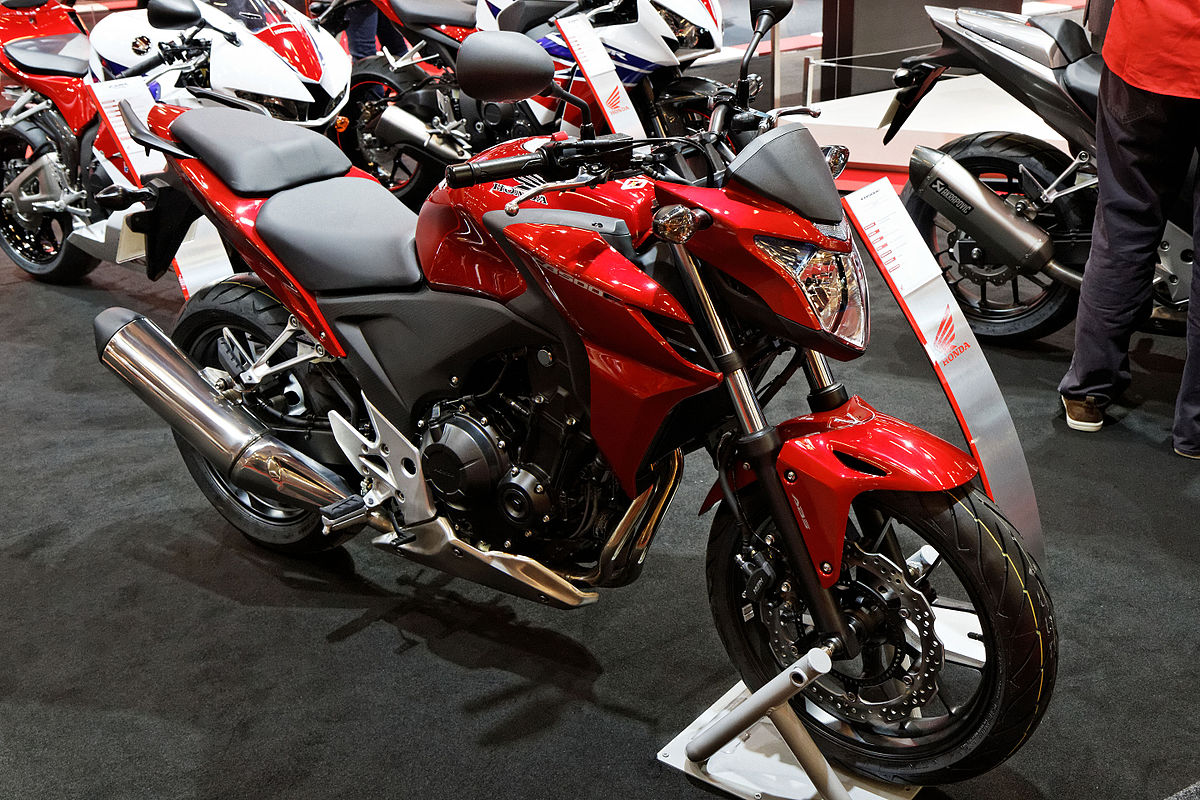 Honda 500 twins
Honda 500 twins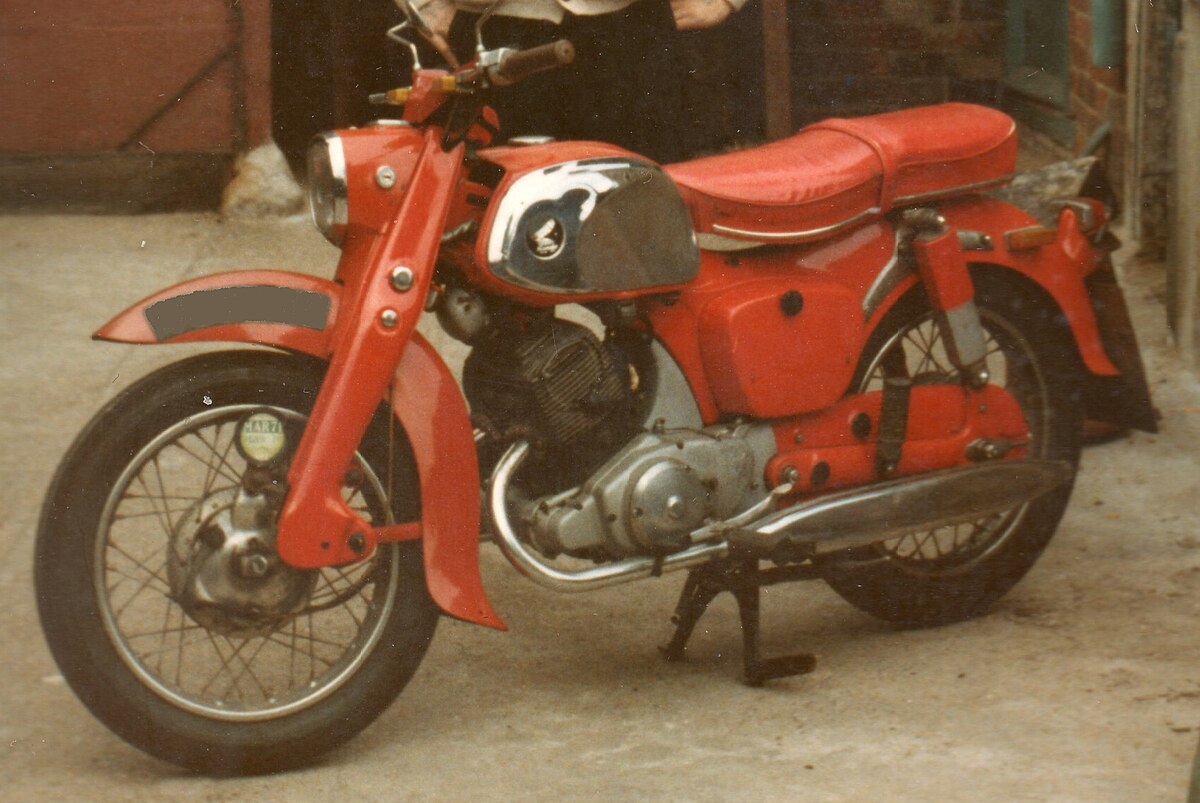 Honda C92, CB92, C95 Benly
Honda C92, CB92, C95 Benly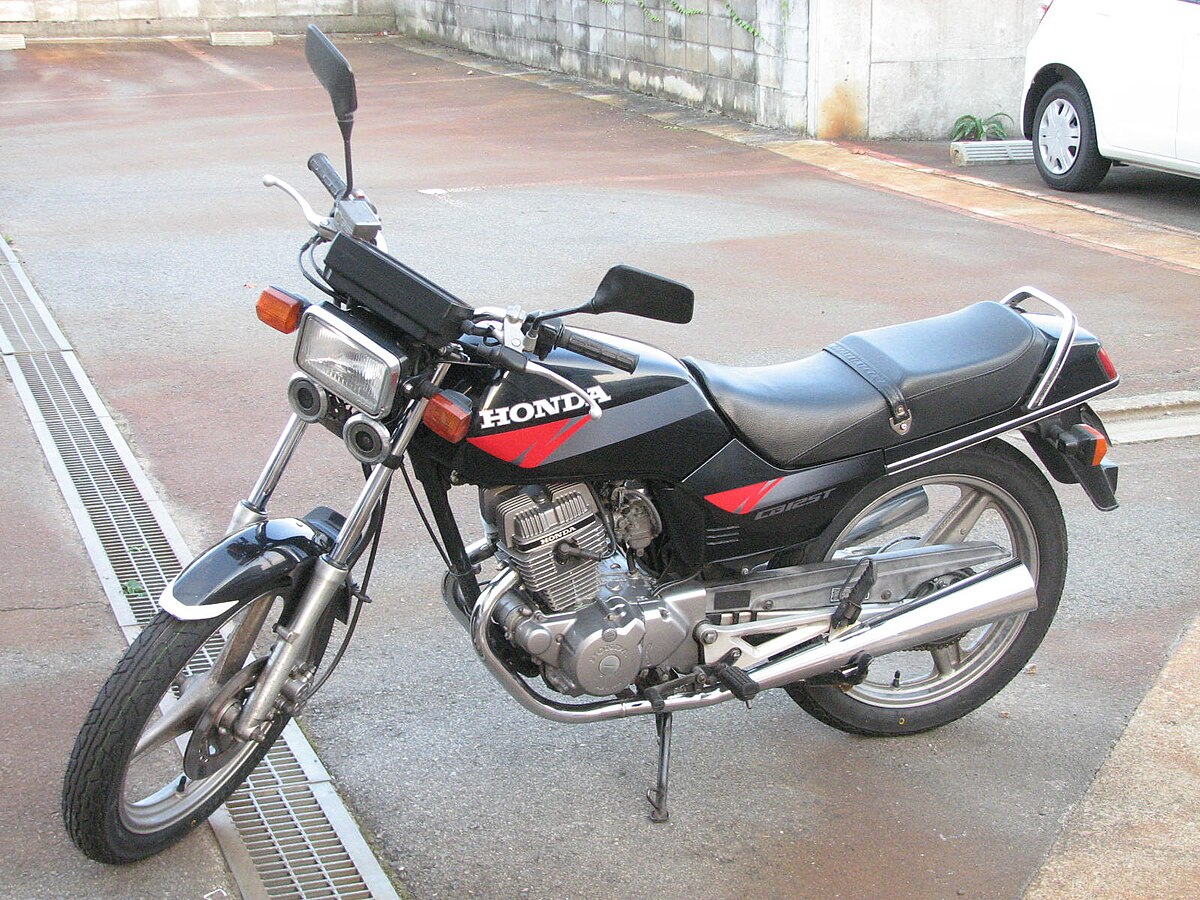 Honda CB125TD Super Dream
Honda CB125TD Super Dream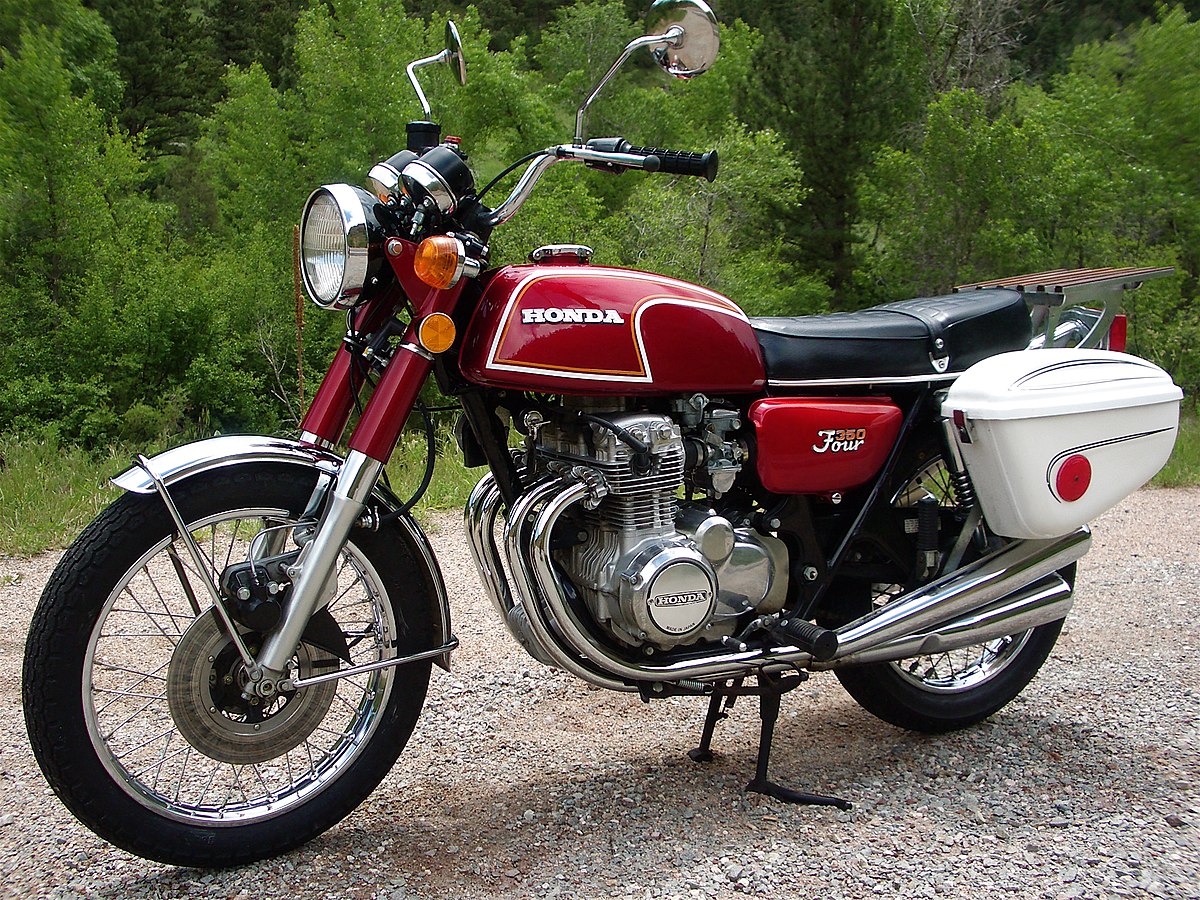 Honda CB350F
Honda CB350F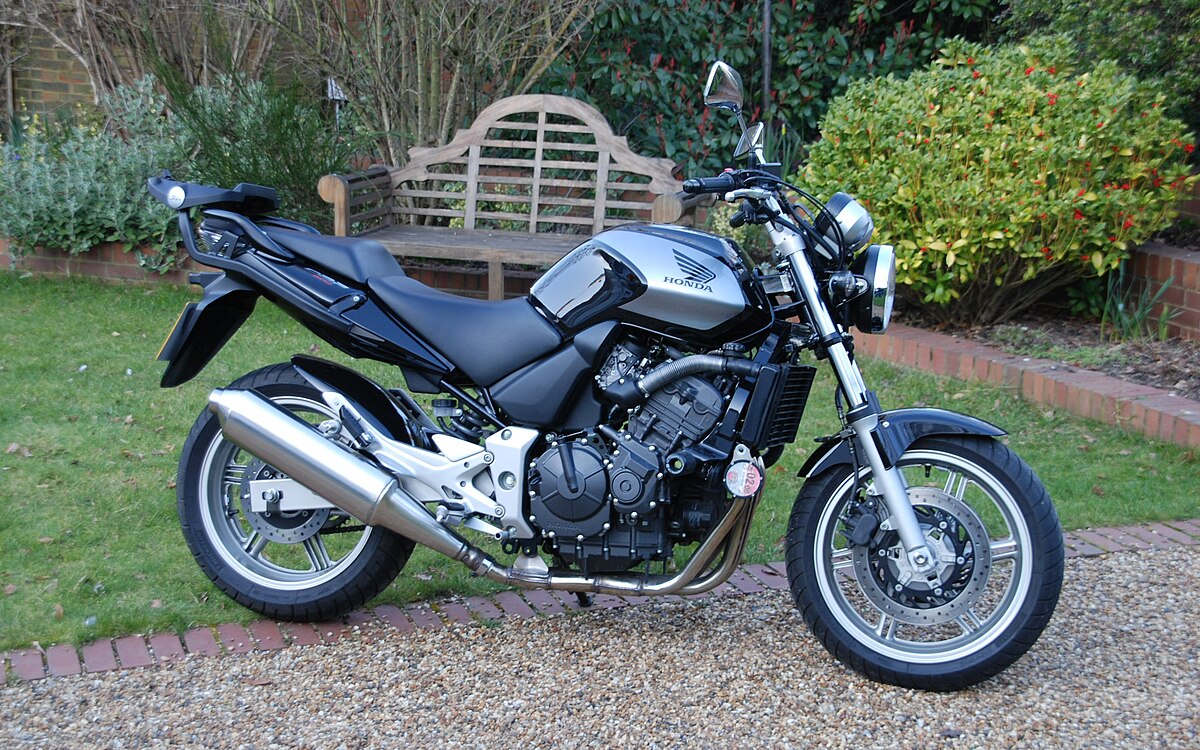 Honda CBF600
Honda CBF600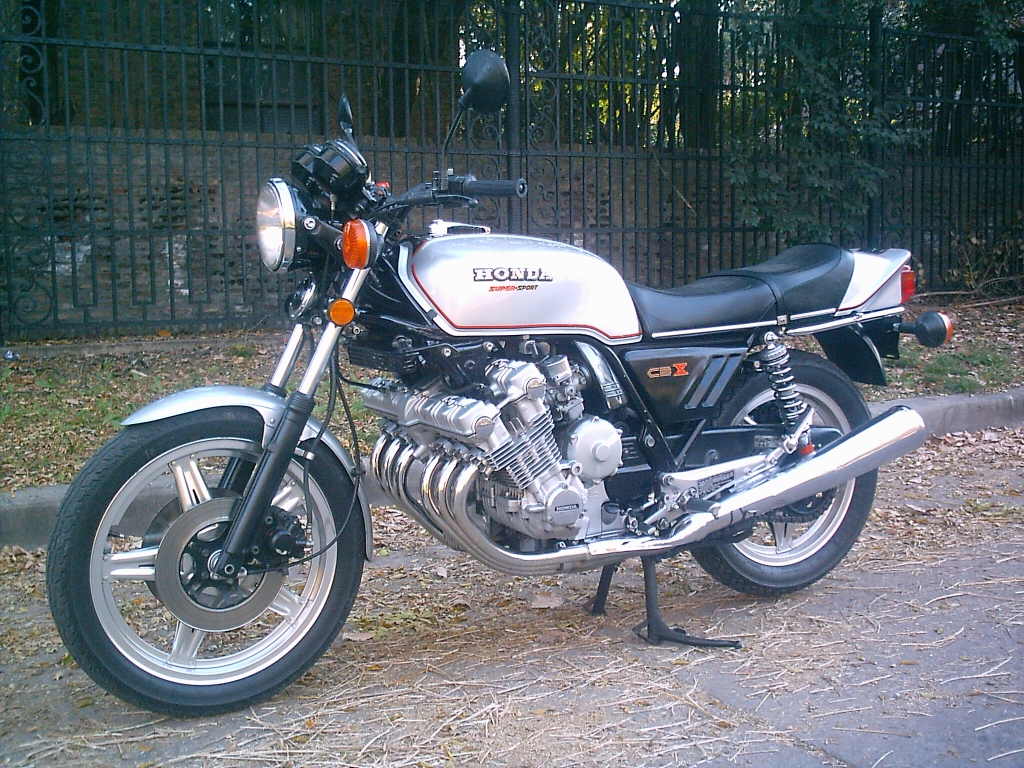 Honda CBX
Honda CBX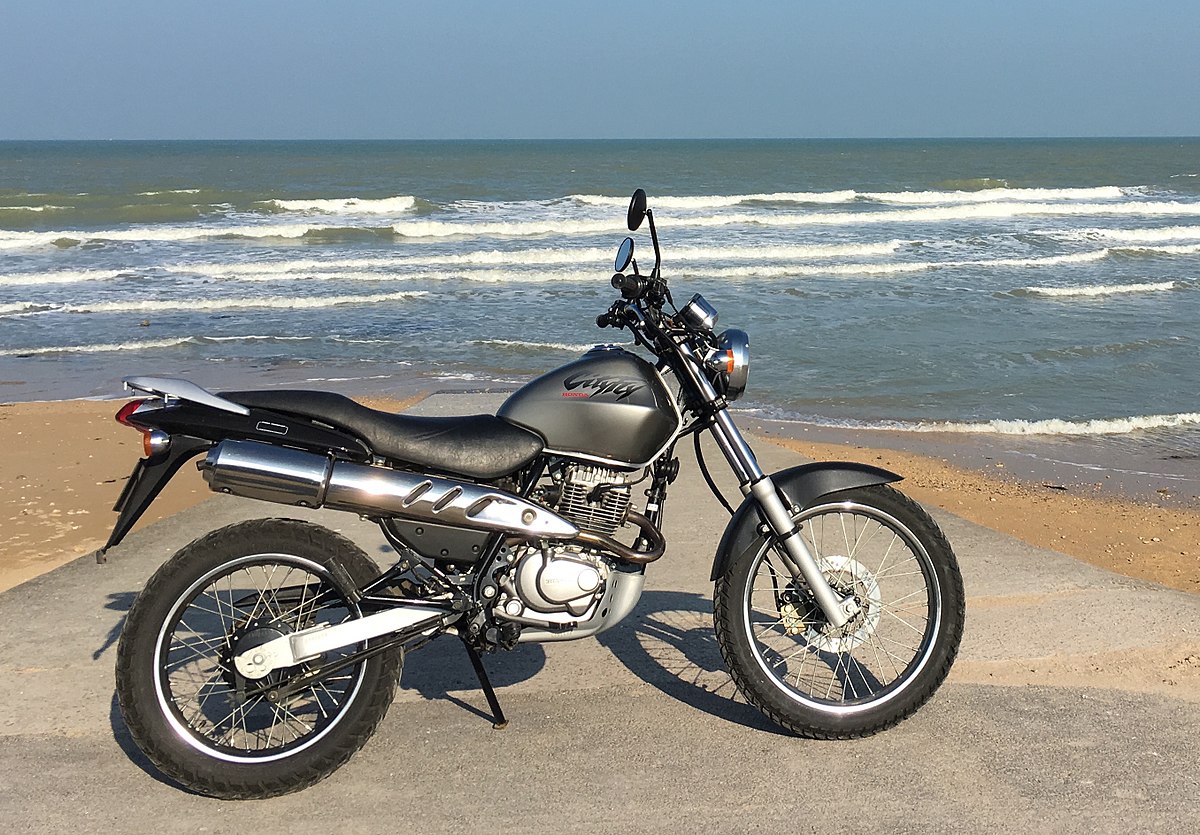 Honda CLR
Honda CLR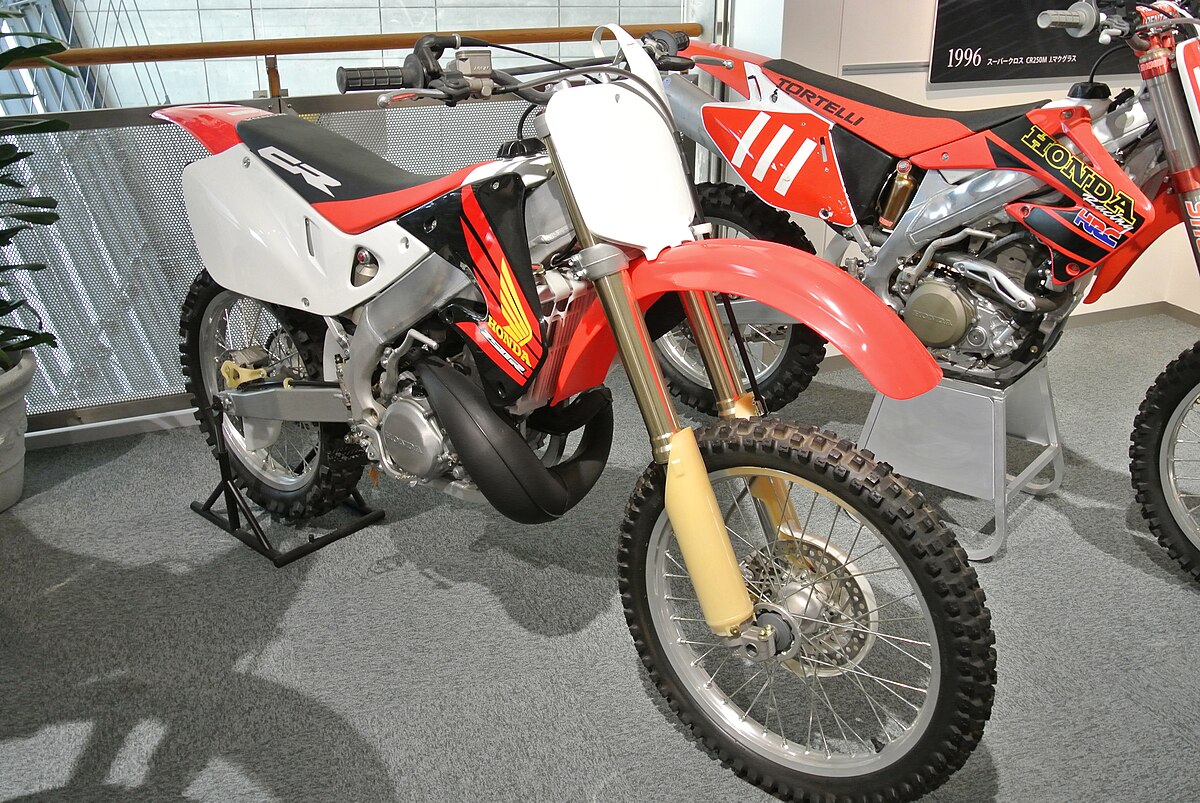 Honda CR250R
Honda CR250R List of Honda motorcycles
List of Honda motorcycles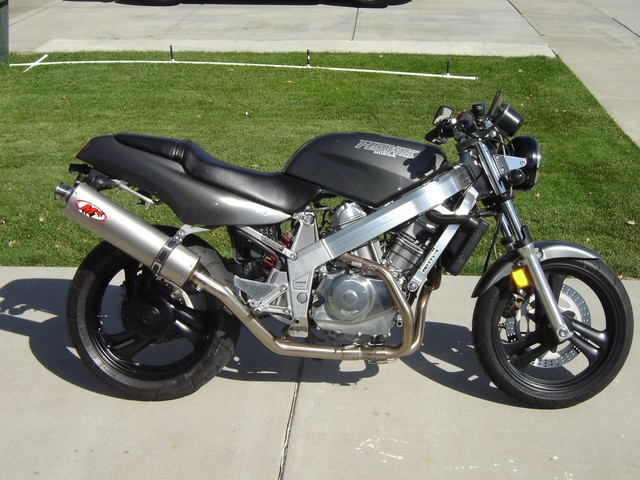 Honda NT650
Honda NT650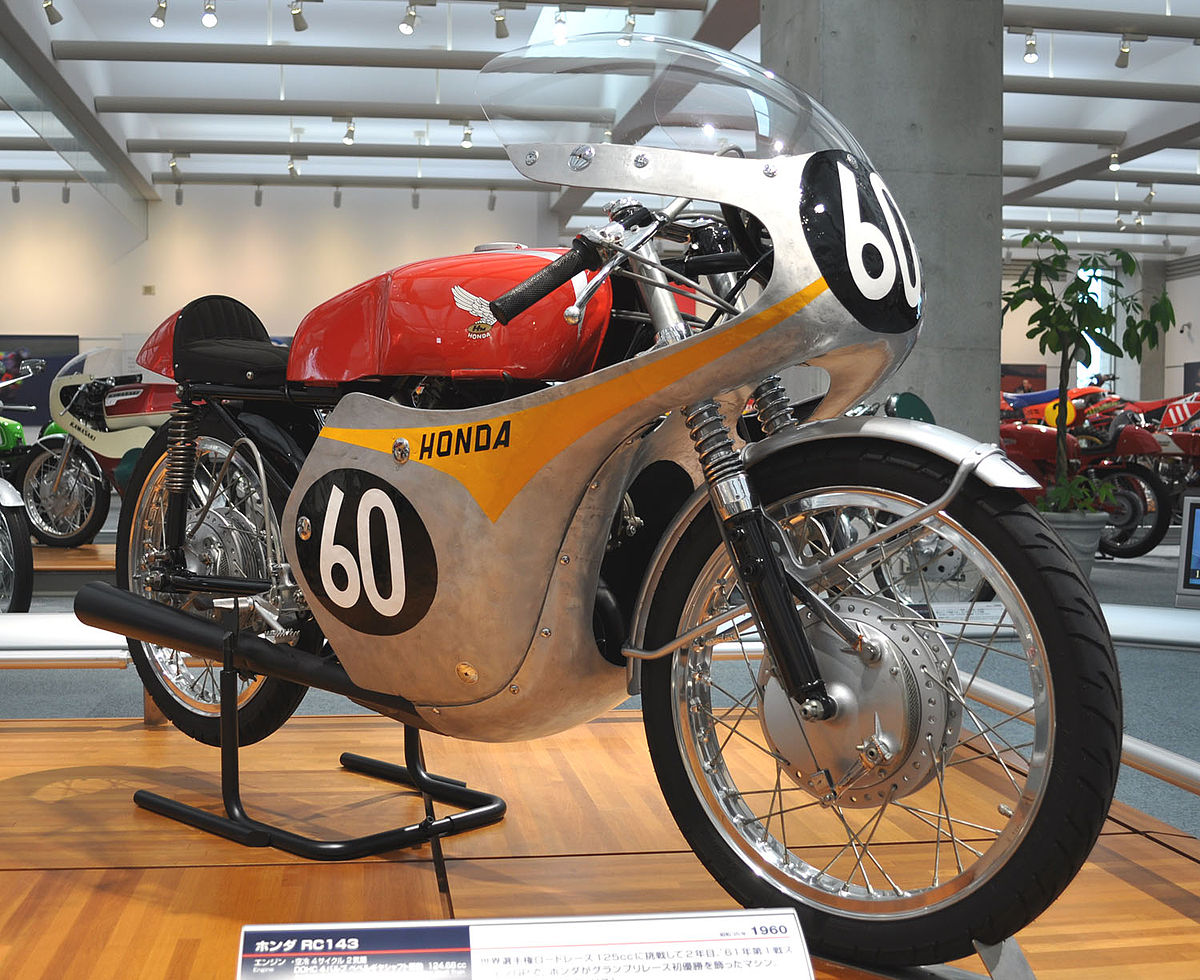 Honda RC143
Honda RC143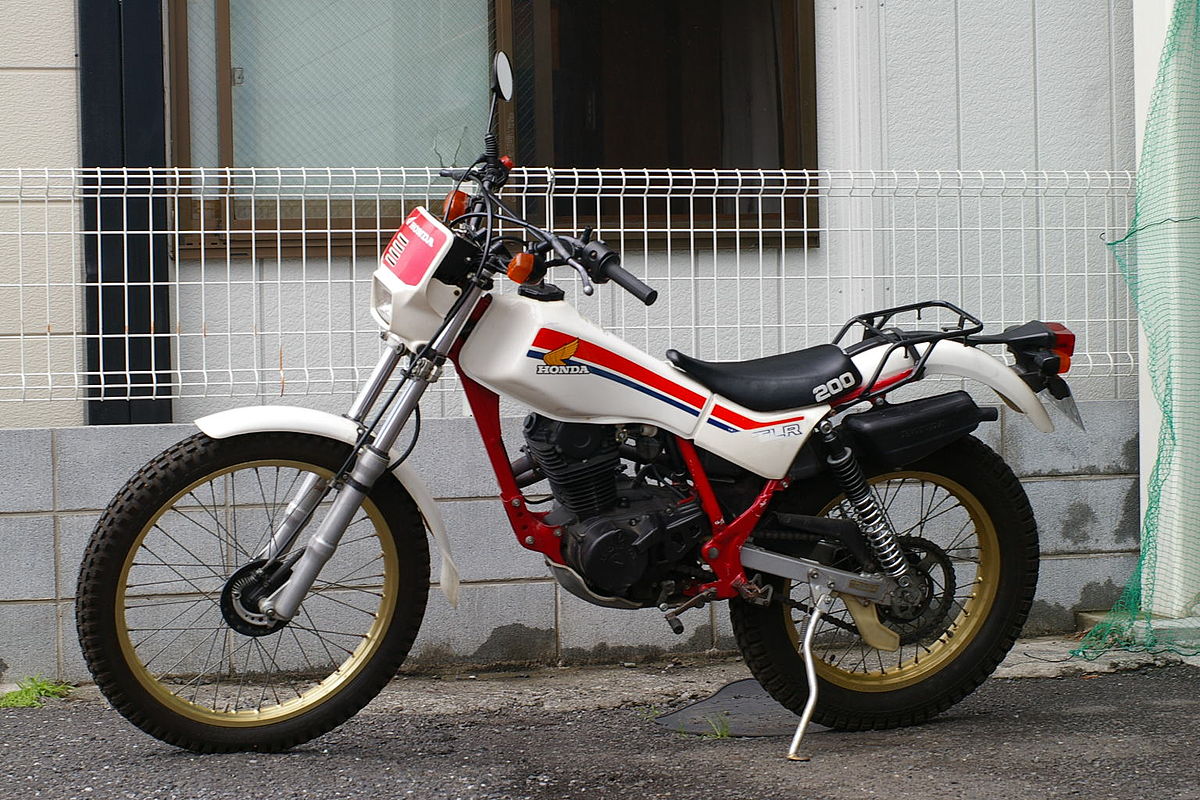 Honda TLR200
Honda TLR200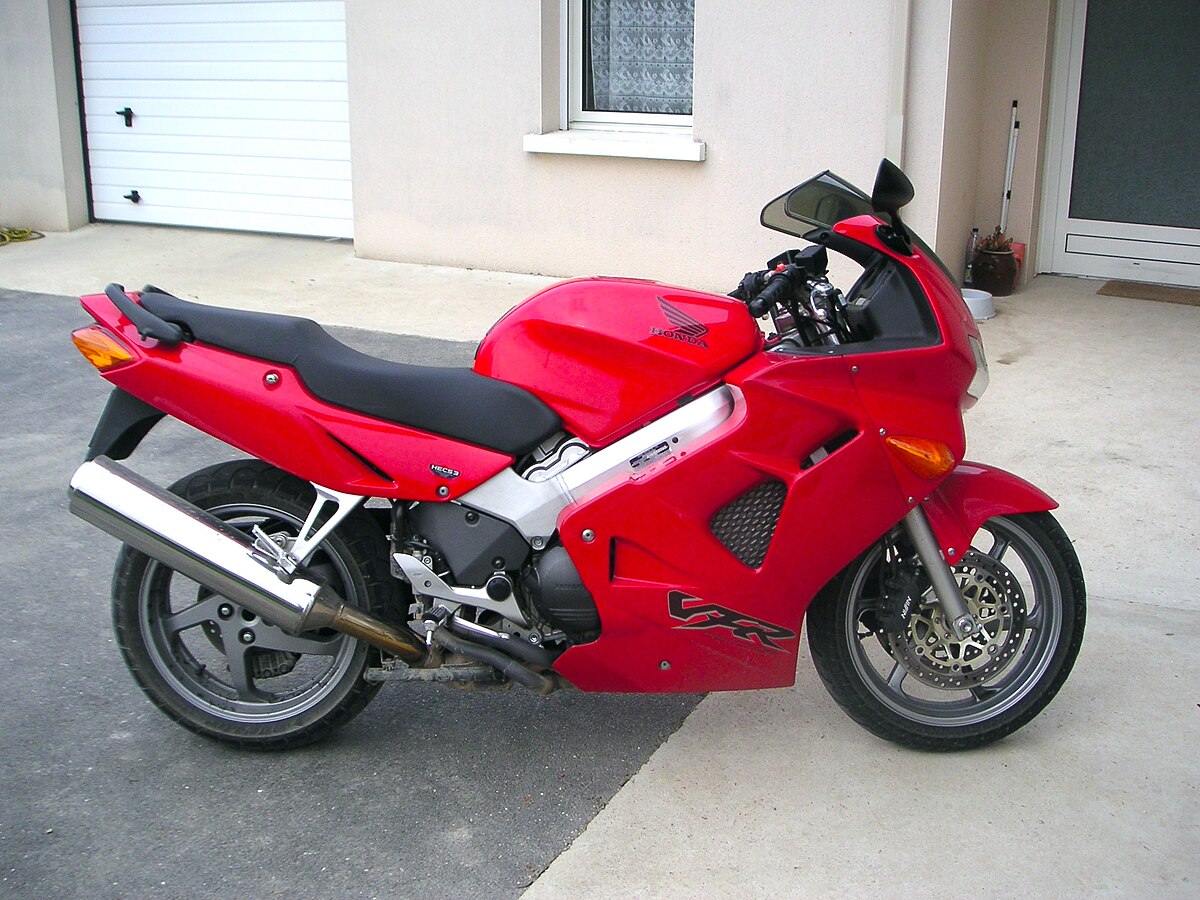 Honda VFR800
Honda VFR800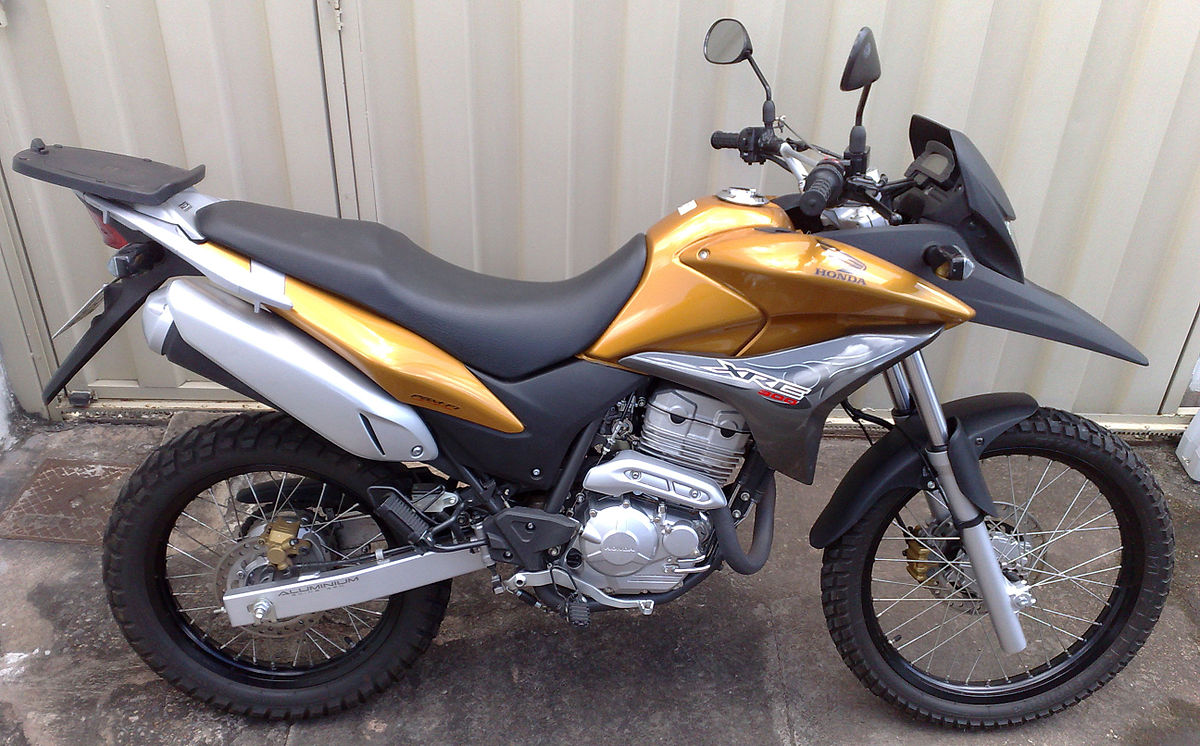 Honda XRE300
Honda XRE300